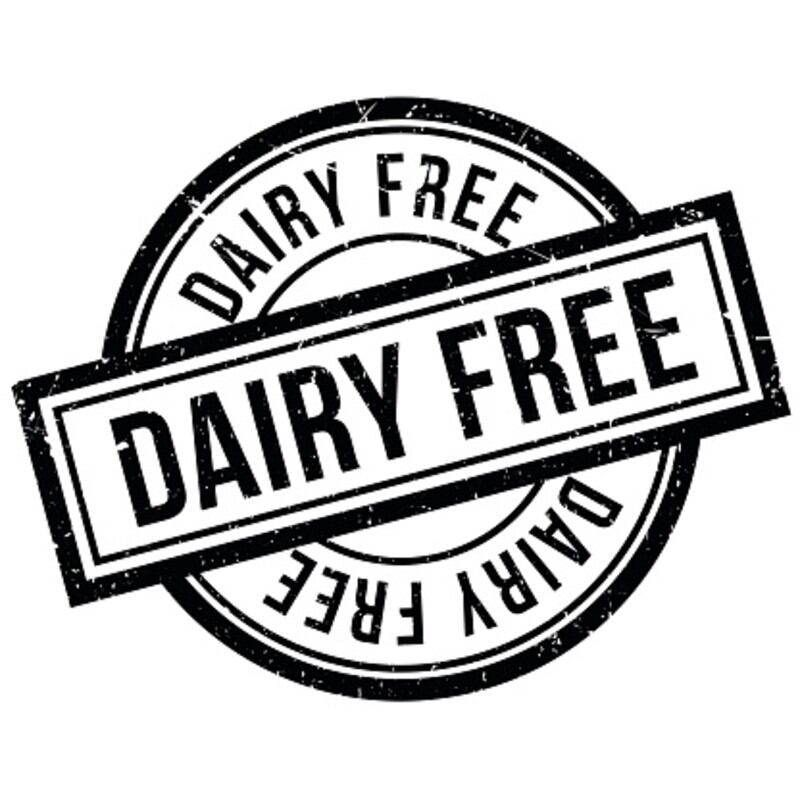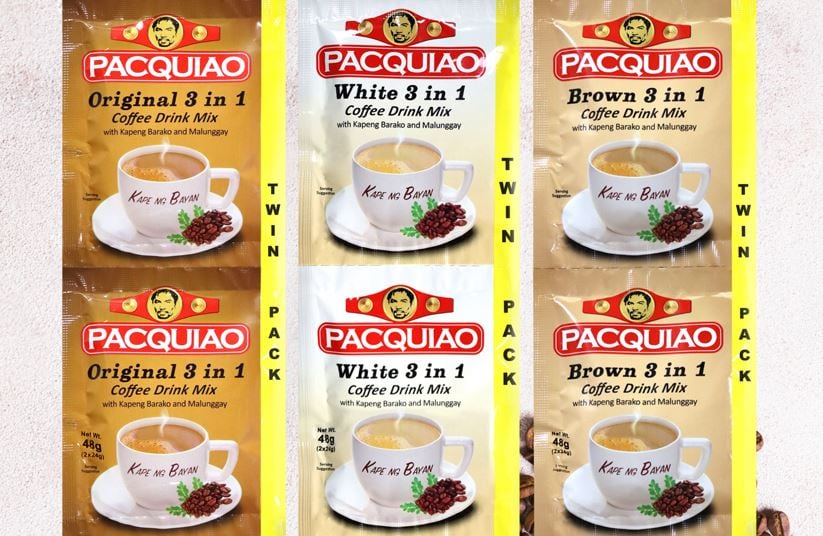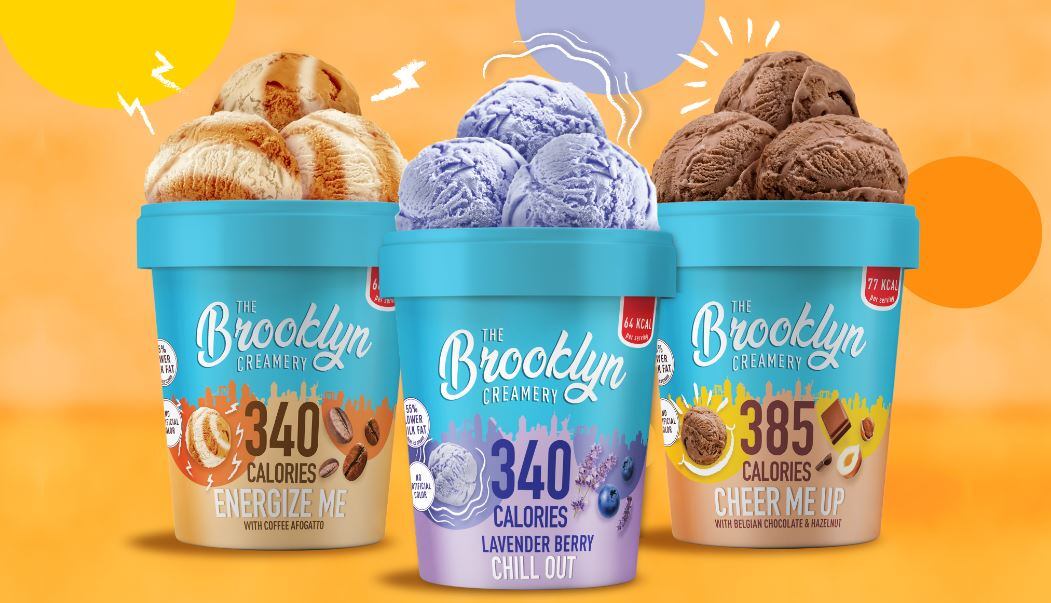According to Sophie’s Bionutrients CEO Eugene Wang, the creation of this milk alternative is ‘just the beginning’ and starting point of the firm’s plans.
“This milk alternative was made with our signature microalgae protein flour and carries the same nutrition as microalgae, including the complete essential amino acids and most of the vitamin B types including those lacking in most plant-based proteins,” Wang told FoodNavigator-Asia.
“For us, this milk is really just the beginning, the starting point of showing what we can do with microalgae – we are also in talks with a dairy firm about moving beyond just milk into other products such as yoghurts and cheeses.
“To make a plant-based cheese for example, today there are two methods: 1) The old-fashioned way using conventional fermentation with microorganisms, and 2) The newer food formulation method to work with starches and texture aids and other things. The latter is easier to do as the former needs to take a lot of things like microorganisms, starting protein content, and a longer time and more R&D is needed, so there are a lot of things we are looking at right now in terms of product development.
“The idea is not so much to compete with other plant-based milks or dairy alternatives though – though microalgae does have a cell wall and so is technically still a plant, but I feel that we are more standalone and the plan is to create a fully standalone, independent category, a self-sustaining industry, based on microalgae.
“The milk alternative has been created from just one microalgae strain – we have four in our database, and it is possible to create different product lines based on the different strains. So as an analogy, the different microalgae strains could be not only one ‘plant’ such as soy, but a variety of these like quinoa, pea, chickpea and so on, and we want to create different product lines from each of these.”
Each microalgae strain has differing protein qualities, minerals, nutrients and even flavours, and Wang added that the team is also able to throttle flavour up and down based on the processing to meet consumer demands.
“It’s hard to fully describe the flavour of microalgae, but depending on the protein isolation we can adjust this up or down and because we do this in a tank and there’s no bacteria, there’s no heavy smell to interfere with it – either all smell and flavour can be removed via the processing, or we can choose to leave some in so there’s a bit of an umami taste, for lack of a better description,” he said.
Cost to come down in the future
At present, the firm’s commercial plans are still centred on a B2B strategy where it will sell its microalgae flour to manufacturing firms so this can be formulated into plant-based milk to be packed and sold.
“The first few markets will likely be in North America and Europe as the price is still going to be high initially and a bit hard for Asia to accept, so it will be easier to push the environmental and health factors forward to gain acceptance in those markets first,” said Wang.
“Even though we’re not competing with other plant-based milks, I would say we have an advantage over plants such as almond, soy or pea which are very water-intensive crops because we grow in a bio-reactor which is the most sustainable way to grow foods. Health-wise we have the nutrients of course and also no allergenicity, so this would be suitable for any consumers allergic to soy and nuts.”
In terms of bringing costs down, he added that despite current high costs he hopes to be on par with the price of soy within a few years, depending on facility and operational set-up progress.
“If we use Walmart in the US as a benchmark, a 1L pack of soy milk is about US$3, pea milk is about US$5.99 and oat milk is about less than US$10 – for microalgae milk, at the moment it still costs over US$10 per litre now due to the lack of scale, but we are working on setting up a large-scale facility right now,” he said.
“I am confident that once we can use an industrial-scale 300 litre tank to work, we can get a price comparable to that of soy, so about US$3 per litre –this of course depends on things like funding and location and permissions and so on, but I hope to get this up within three years.
“We’re looking at places like Taiwan and Vietnam right now which have a good supply of molasses to feed the microalgae, but definitely the commitment is there to set up a co-owned production facility in Singapore as well to do demonstrations and R&D work too in the future.”
Looking ahead
Wang also emphasised that when microalgae milk does hit the Asia Pacific market, Singapore will be its first market in the region.
“Singapore is very aggressive and advanced in terms of regulations and product adoption, plus is where we consider to be our home ground, so it will be our first market in the APAC region before we look to other places in ASEAN and East Asia,” he said.
The firm has also made a pilot version of plant-based meat from microalgae, and is looking to improve on this with a version two made from 100% microalgae flour and using high moisture extrusion technology to make this ‘more nutrient-dense, with better texture and flavour as well’.





